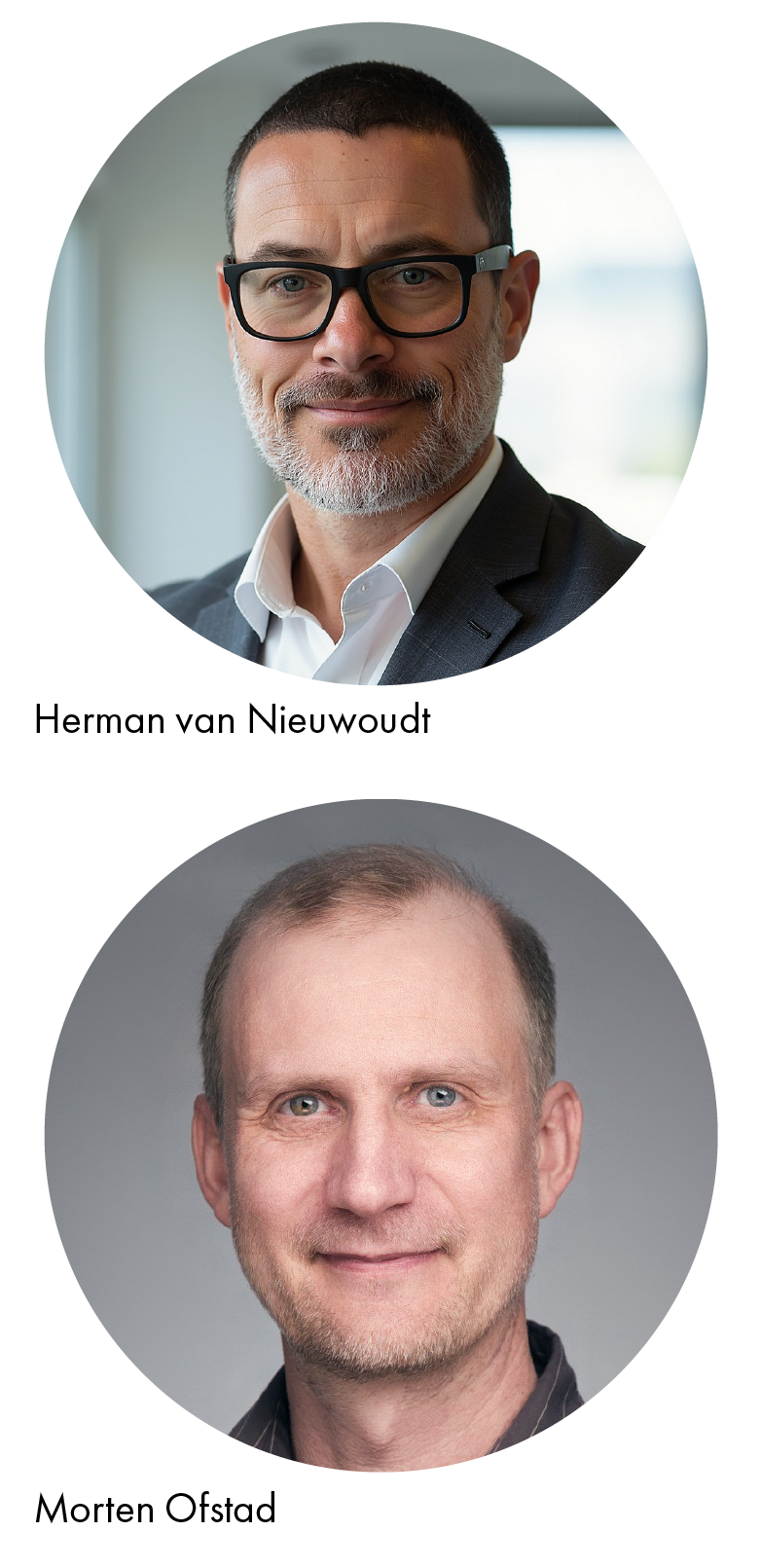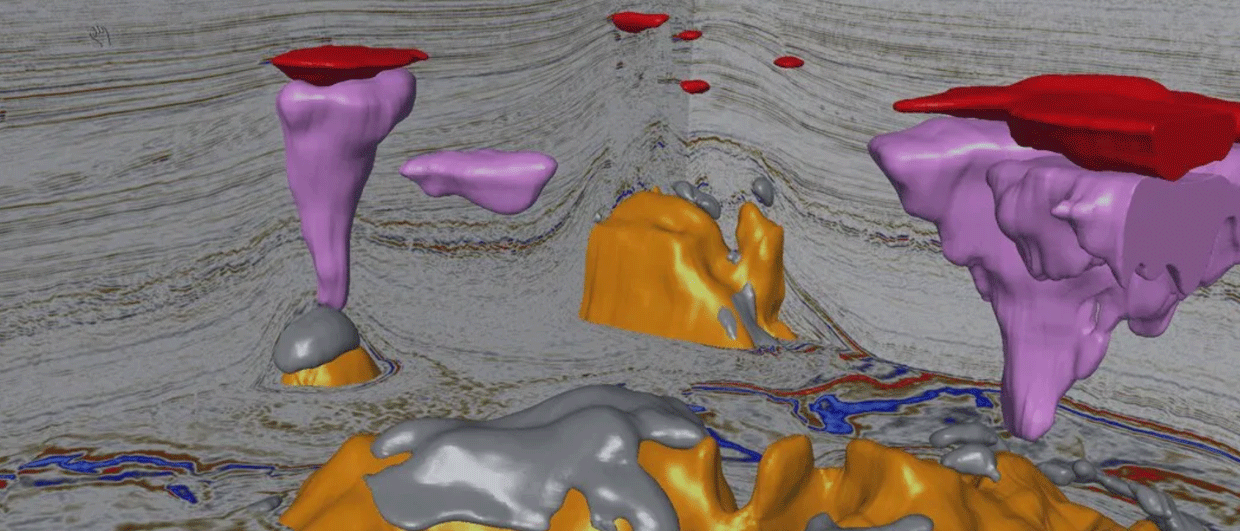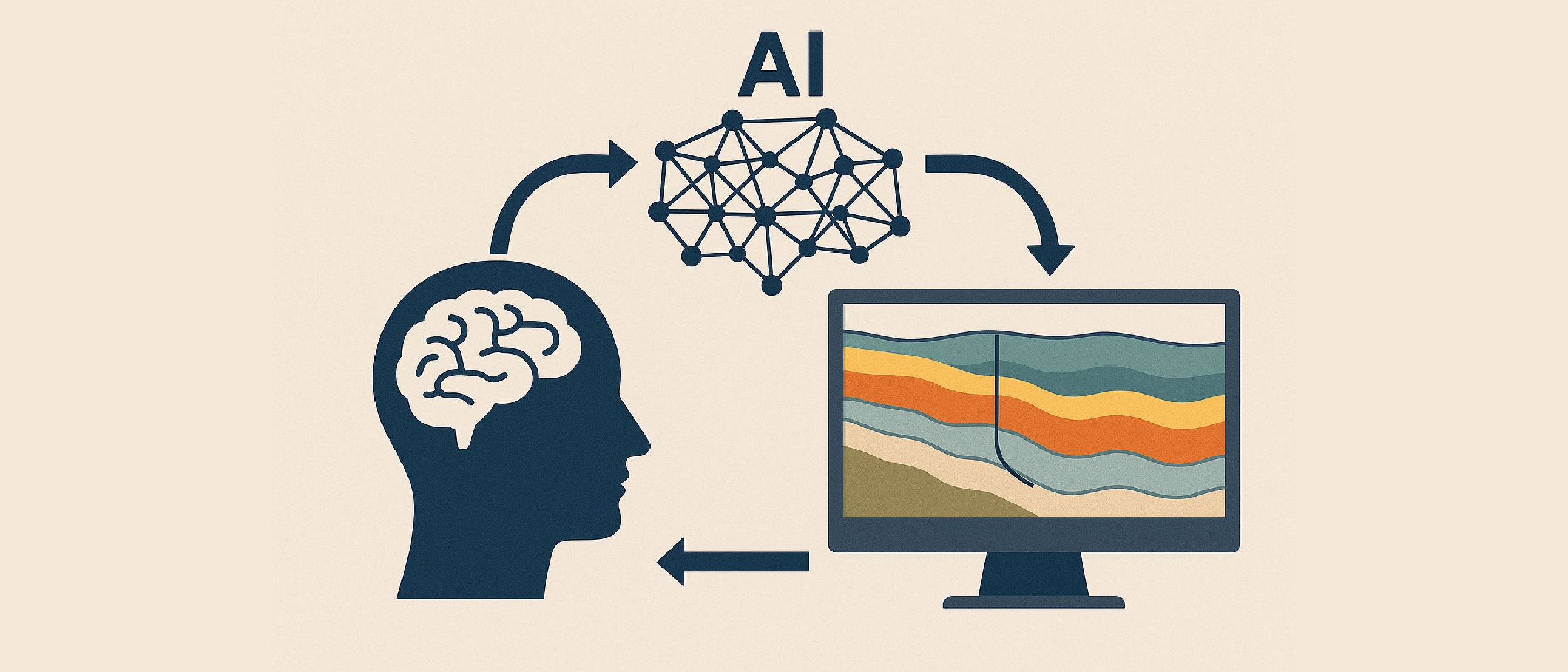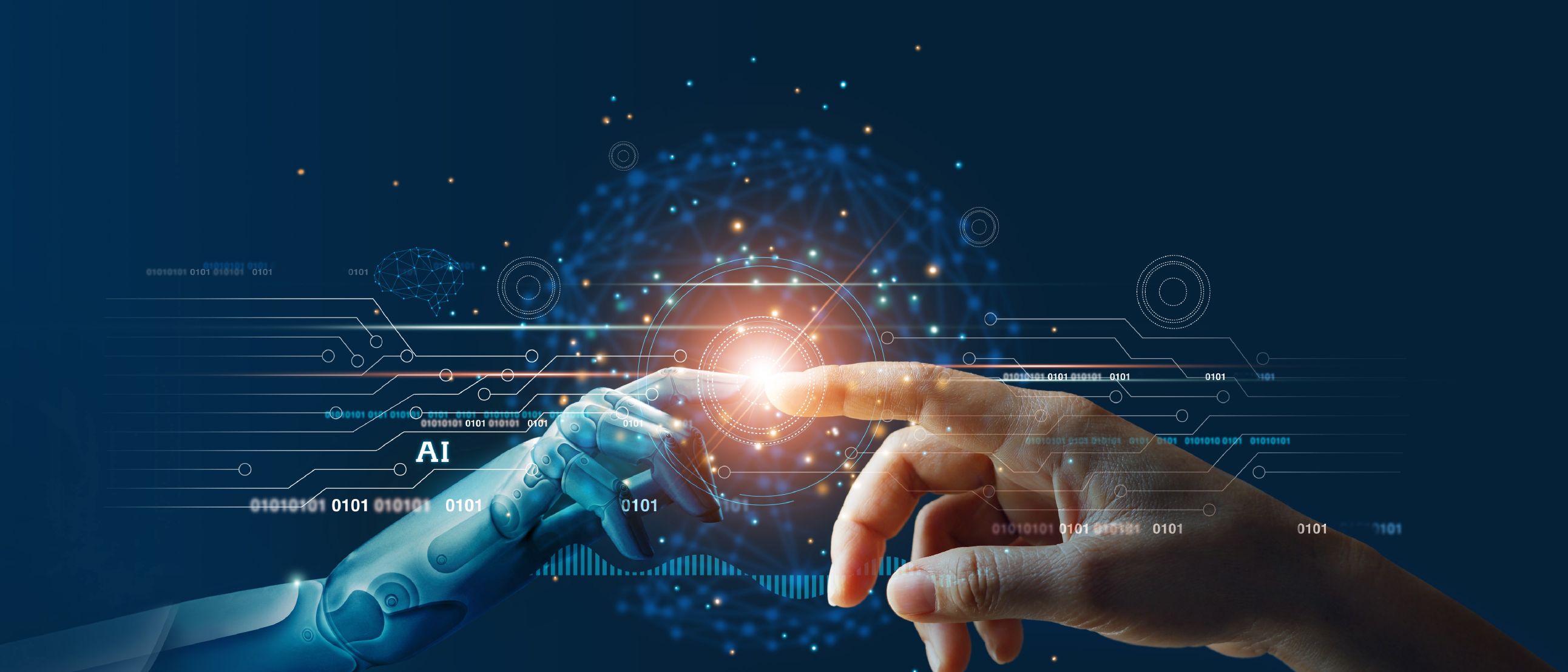 “The times of gurus telling younger staff how to plough through a seismic volume and what to interpret is over,” says Herman van Nieuwoudt from Bluware. Herman started as the company’s President in November last year, after a long career mainly with Baker Hughes in which he spent time in numerous countries across the world. “With the current advance of how specialists can interact with interpretation software, such as the InteractivAI tool we have been developing, everybody can do the job quickly. It generates a whole new working environment which fosters collaboration more than anything else,” Herman adds.
“The times of gurus telling younger staff how to plough through a seismic volume and what to interpret is over,” says Herman van Nieuwoudt from Bluware. Herman started as the company’s President in November last year, after a long career mainly with Baker Hughes in which he spent time in numerous countries across the world. “With the current advance of how specialists can interact with interpretation software, such as the InteractivAI tool we have been developing, everybody can do the job quickly. It generates a whole new working environment which fosters collaboration more than anything else,” Herman adds.
Morten Ofstad, who has been with Bluware for more than 20 years in various software development roles and is currently their Chief Software Architect, corroborates this: “As we have such a fast way of performing an interpretation, it is now very straightforward to have the same survey analysed by a couple of people, after which the results can be compared. This not only generates fruitful discussions amongst geologists in the company, but also has the potential to lead to an even better final interpretation that is agreed on by everyone.”
It’s all about empowering geoscientists
“It’s all about empowering the geoscientist,” says Morten when we get to talk about how the software – that has now been patented – works. “We start with a clean slate machine learning model and then begin adding labels to the seismic, indicating what you are looking for. For instance, you interpret a fault, which is the labelling aspect, and subsequently tell the machine that it needs to find similar features throughout the seismic cube. You then have two options – either to reject what the machine came up with or to accept what it did.”
The times of gurus telling younger staff how to plough through a seismic volume and what to interpret is over
This iterative approach allows the algorithm to learn from the interpreter in real-time. This process is much faster than interpreting the entire dataset by hand, but it also means that there is no fixed way in which the machine populates the seismic – it is still driven by what the geoscientist sees as the best way to interpret features observed.
Herman further strengthens this point. “Observations made by the geoscientist are still at the basis of our approach. Only in that way,” he says, “we ensure that people will be able to tell a convincing story when they talk to management about their findings. The only difference is that once a training model exists, the computer will be able to interpret large areas fast. Data is the base-rock of what we do, not models.”
“Because we start with a clean slate and tell the model what to recognize, we are not limited to interpreting faults – we can tell the machine to recognize any feature in the seismic dataset, and it will return similarly shaped features throughout,” Morten continues. “I have even seen people using the software for things that we did not really anticipate. We don’t even have a complete picture of all the capabilities of the tool. But that is only a positive thing.”
“What I do know is that the software is being used for velocity model building. The advantage of that is that when you have a newly migrated volume, you can apply the same model without redoing the interpretation. Sure, you might want to update in places, but the framework is already there,” Morten says.
And it is not only the computationally fastest machines being able to do this. “In order to overcome computational issues when working with large volumes of data, the software creates smaller and random sections from the volume to perform its computations,” says Morten. “This technology enables people to work with surveys of any size, because it is the random smaller subsets that the algorithm uses in each time step, limiting the computational power needed.”
How does the market look?
“It is very important to realize how seismic data is being looked at in different parts of the world,” says Herman. “For people in the Middle East, touching their seismic data is like touching their sovereign wealth. In contrast, for people in the US, seismic is just a way to make more money, faster. It is these two very different mindsets that we have to navigate in, and all the other possibilities in between,” he adds. “It requires a different way of marketing the product wherever you go.”
Herman is open about where the centre of gravity lies when it comes to where his company finds its customers. “Oil and gas remains the backbone of the market. At the same time, Bluware is also moving into the CCS and geothermal spaces. Not missing a fault whilst de-risking a carbon store is critical, and running our software means that interpreters can be more confident that they haven’t done this,” says Herman.
“For us, our growth areas are those where there is ample exploration and development ongoing,” continues Herman. “In that sense, it is not a surprise to see that we are focusing on the Middle East and South American regions, obviously without losing sight of other areas.”
Bluware has been part of the CMG Group since 2023. And late last year, Sharp Reflections joined too. “This has created lots of opportunities,” says Herman, “with the ultimate goal to create an entire seamless seismic to economics workflow. With improved data from Sharp Reflections, it enables our customers to do even better and more accelerated interpretations. Applying multi-volume training to different 4D outputs would further add value to production departments.”
Surprises
“We are positively surprised to see customers using the tools in ways we had not foreseen, which is only a good thing of course,” concludes Morten. “That’s all down to the fact that you don’t have any pre-training; it enables geologists and geophysicists to play with the seismic in so many ways. And it is not limited to seismic alone,” he says; “we have seen people use the algorithms on CT scans of cores to see how much of a certain rock type occurs in a conglomerate.”
“Our main focus right now,” concludes Herman, “as we have proven the concept of the technology, is to make sure that it fits into people’s workflows with other software they use. Also, you don’t always start with a blank slate, as people may have some interpretation already which they want to use. It’s important to keep that in mind, too. But across the board, it is justified to say that thanks to the pace with which the work can now be done, the way of working has changed. For the better.”
DE-RISKING DRILLING OPERATIONS
“Thanks to InteractivAI’s ability to help interpreters identify subtle or hidden features of interest, we can help de-risk our customer’s drilling operations,” says Herman. “A telling example in that regard is that InteractivAI was used prior to one of our clients drilling a well and a fault was detected in the seismic that had not been seen during the manual interpretation process. The well trajectory was therefore altered, potentially saving the operator hundreds of millions of dollars.”





